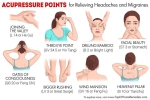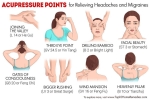Strangest Migraine Triggers
Figuring out my migraine triggers has been tricky. The condition is unpredictable, and triggers can change over time. With so much uncertainty, it can be quite exhausting to make basic decisions. There is always a looming threat that any food I eat or activity I decide to partake in might trigger a migraine episode. It’s frustrating. Often, my triggers don’t make much sense! They can be strange and random. It can also be that the smallest, most specific thing will set off a migraine that has been brewing for days. I never really know what to expect What I do know is that I need to be especially critical about my decisions so that I don’t push my luck and set off my migraine symptoms.
























